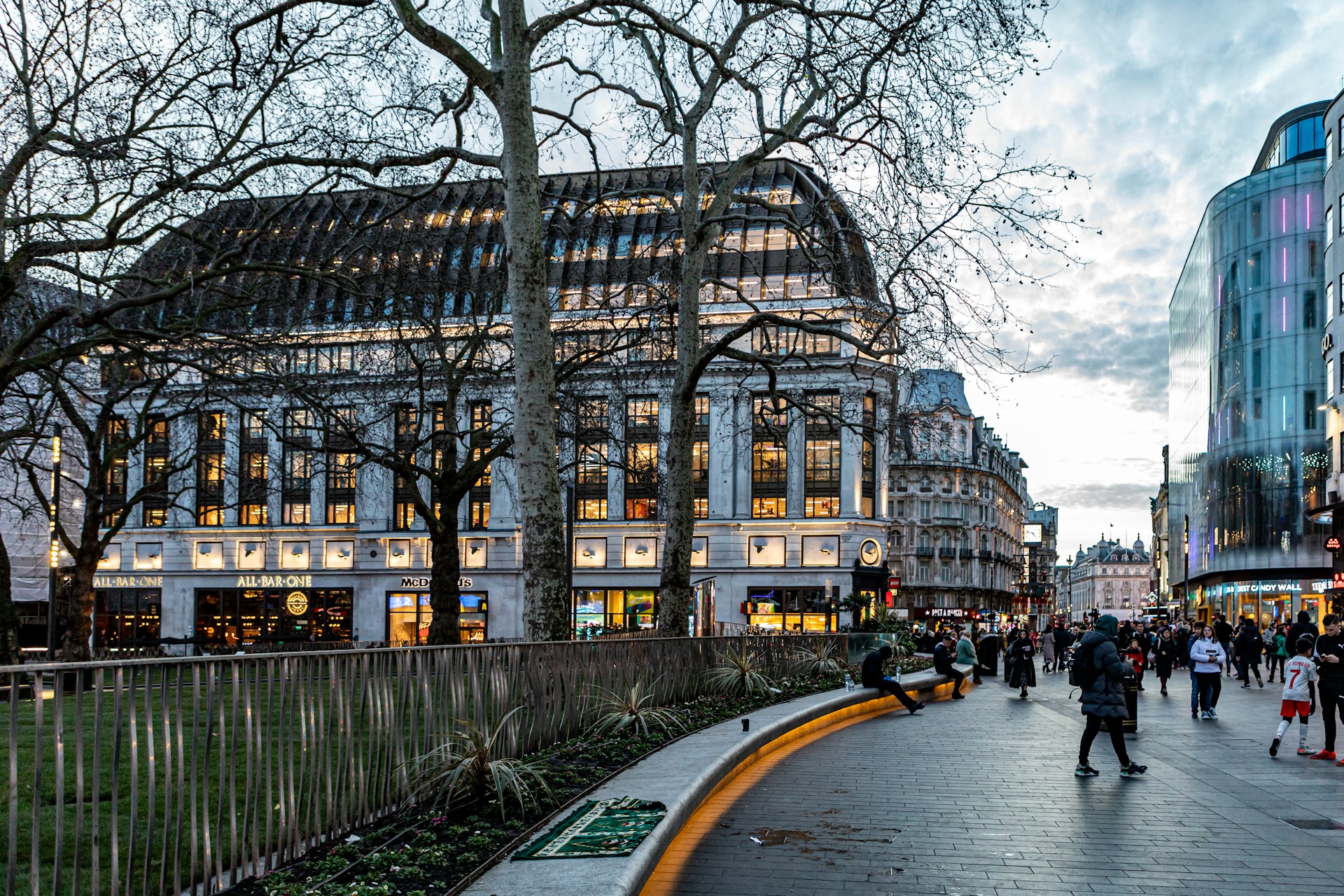In recent years sustainability has become a core focus for cities across the globe. With iconic landmarks, streets brimming with life and legendary history, London is considered to be one of the leaders in sustainable urbanisation efforts.

Of course, London still has a lot of changes to make before it can compete with other cities who adopt a sustainable way of living (take the likes of Norway and Zurich for example). So, how does the UK’s capital truly measure up? Let’s dive into the reality of London’s sustainability journey.
Understanding Urban Sustainability
Urban sustainability focuses on creating cities that balance environmental health, economic prosperity, and social well-being. It’s about ensuring that cities can thrive today without compromising the ability of future generations to do the same.
Globally, cities such as Copenhagen and Singapore are celebrated for their eco-friendly initiatives that not only make the planet a better place, but also improve the quality of life for all of its residents. London often ranks highly in sustainability studies, but what does this mean in practice? To understand, we need to examine how London stacks up against key sustainability pillars.
London’s Environmental Achievements
Green Spaces and Biodiversity
London is one of the greenest cities in the world, with almost 47% of its area covered by green spaces. Parks like Hyde Park and Hampstead Heath offer residents and visitors a respite from the hustle and bustle, while initiatives like rooftop gardens and urban rewilding projects help support biodiversity in the city.
Clean Energy and Carbon Neutral Goals
Ambitiously, the mayor of London has set a target of net zero carbon by 2030, with much of the city’s building and transportation relying on electric and renewable energy sources. . Projects like the installation of solar panels on public buildings, electric charging ports for vehicles in city centre car parks and the development of energy-efficient housing show promise for London’s future and the boroughs that surround it. While these steps are impressive, achieving such a goal requires continued investment and public support.
Public Transport and Active Travel
The city’s public transport system, including the iconic Tube and extensive bus network, helps reduce reliance on private vehicles. Recent initiatives like the Ultra Low Emission Zone (ULEZ) aim to tackle air pollution, and cycling infrastructure has improved in recent years. However, there’s still a long way to go to make cycling safer and more accessible for all Londoners.
The Challenges London Faces
Air Pollution
Despite efforts like ULEZ (aka the Ultra Low Emission Zone), air pollution remains a significant issue in parts of London. Areas with high traffic volumes often exceed recommended pollution levels, posing health risks to residents, particularly children and the elderly. Despite congestion charges being rife, this does not seem to warn off eager London residents and visitors when visiting the city. As one of the richest cities in the world, such charges are such a small percentage for the top 1% of earners who inhabit much of the city.
Affordable and Sustainable Housing
London’s housing crisis is well-documented, and creating affordable, energy-efficient homes is a major challenge. While newer developments focus on sustainability, much of the city’s housing stock consists of older buildings that are expensive and complex to retrofit.
Waste Management
London generates a huge amount of waste, and although recycling rates have improved, they still lag behind other European cities. Tackling issues like single-use plastics and food waste remains a priority, but progress is slow. Studies have shown London to be one of the worst UK regions for household waste going to recycling, at just 32.7%.
London’s Social and Economic Sustainability
Community Resilience
Sustainability isn’t just about the environment, it’s about people within it too. Many community-driven projects in London promote sustainable living, such as local gardening schemes and zero-waste markets. These initiatives bring people together over their love fro vintage items and finding community, while reducing environmental impact.
Economic Impacts
Sustainability efforts come with costs, but they also create opportunities. Investments in green jobs and industries are growing, helping London maintain its position as a global financial hub while working towards a greener future. However, balancing these efforts with affordability for residents is an ongoing challenge.
Future Prospects: Can London Achieve Sustainability?
London’s leadership is focused on ambitious goals, such as the Mayor’s London Environment Strategy, which outlines plans for cleaner air, energy efficiency, and sustainable transport. Exciting projects, like smart city initiatives and partnerships with green tech startups, also signal progress.
However, achieving true sustainability will require collaboration between policymakers, businesses, and residents. It’s not just about big changes—it’s about everyday decisions, from choosing public transport to reducing waste at home.
Conclusion
Overall, London has made significant efforts in sustainability, from its green spaces to public transport systems and ambitious climate goals. Yet challenges like air pollution, housing, and waste management highlight that there’s still a long way to go. The city’s journey towards sustainability is a work in progress, and everyone has a role to play. Whether you’re a resident or a visitor, small actions can contribute to a greener London.


